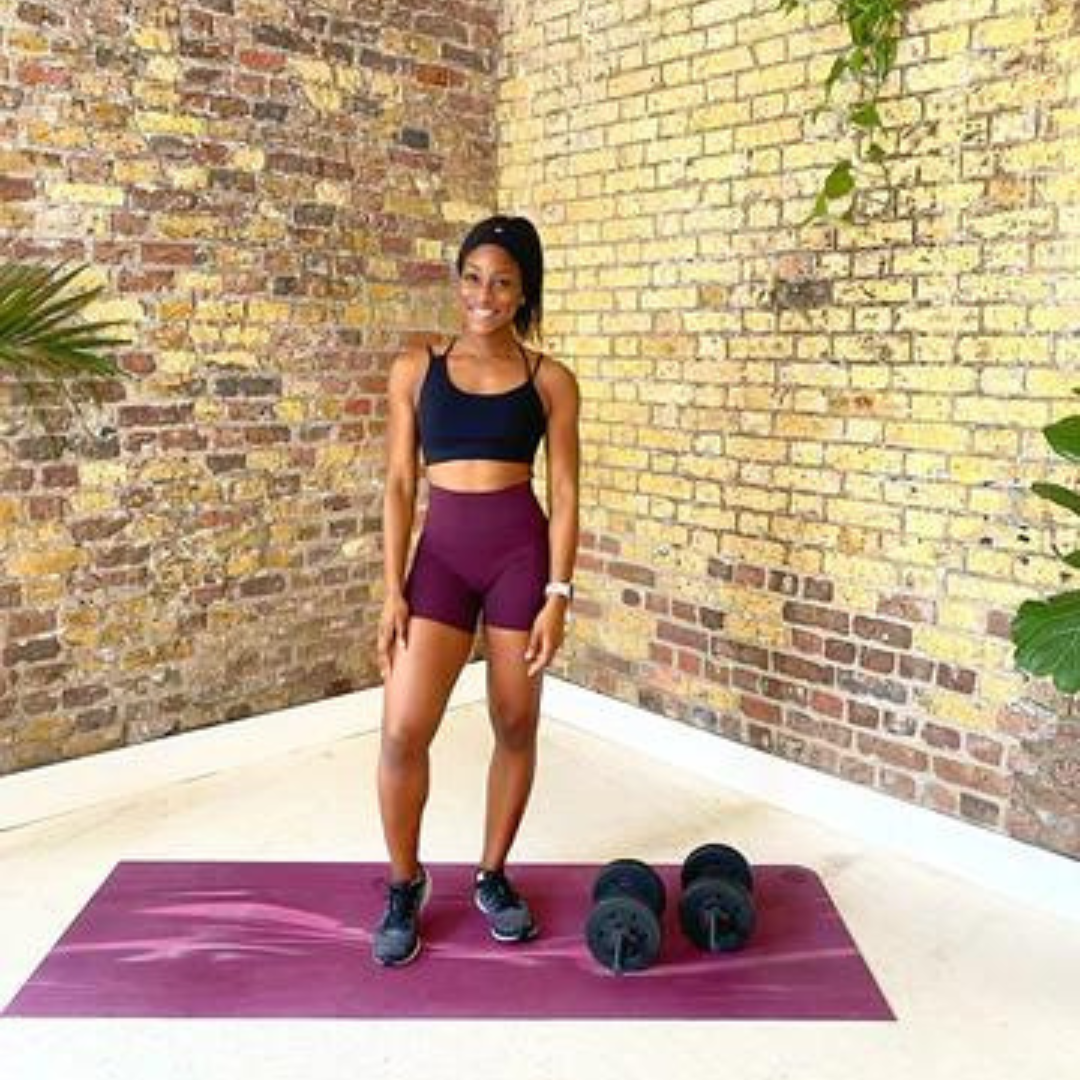So, you’ve just figured out your fitness goal and what routine you need in order to achieve it. The hard work is done, right? Unfortunately not. To keep yourself in tip-top condition and allow effective recovery, you need to make sure you have a proper recovery technique too.
This might sound boring, a little daunting or perhaps you just really hate warming down, but recovery is actually a really exciting opportunity to get the best out of your fitness routine.
Whichever recovery routine you decide on, whether it's active or passive, there’s one thing you should make sure you’re using to support your efforts for the best results, and that’s The Recover Capsules from Innermost. From there, there is a huge range of recovery strategies you can choose from to make sure you’re putting yourself in the best position to recover healthily post-exercise. Today we’re talking about active recovery and our favourite active recovery exercises.
What is active recovery?
Active recovery is exactly what it says on the tin: recovery through activity. It’s the strategy of incorporating a low-level and high-intensity workout that follows a HIIT or extremely strenuous workout.
The idea behind active recovery is that post-workout recovery is more effective than immediately resting. As tempting as crashing down on the sofa straight away is, gently warming down is better for you. Sorry to break it to you!
We’re not just trying to ruin your fun: by immediately returning to rest, your body is more likely to become stiff and cease up, making your muscles feel tight. Entering active recovery instead of a state of passive recovery, you are making sure your muscles keep moving, ensuring that nothing ceases up. If you want something to support your muscle strength, Innermost’s muscle collection should give you all the necessary active ingredients to achieve the results you are looking for.

Active vs passive recovery
So active recovery makes sense. Now, what’s passive recovery? As we’ve previously described active recovery is the process of keeping your body active at the end of a workout. Naturally, passive is the complete opposite: keeping still. Yes, initially this sounds pretty lazy compared to active recovery, but it is effective in the case of notable injuries, something like a broken bone or strained ligament or tendon. So don’t be too quick to judge. Passive recovery is a beneficial method for those that may need to reduce their time being active, but we don’t recommend this method for those of you trying to find the best way to recover in general.
Our favourite active recovery exercises
The best thing about active recovery is that it is something that’s super easy to incorporate into your daily life. We know that day-to-day life can feel packed to the brim as it is, and 20 minutes extra spent in the gym to warm down might not feel feasible. So, to incorporate active recovery into your routine, every time you work out consider walking or even cycling to the gym instead of driving, or if that’s not possible, take the stairs back to the showers instead of the lift, or add movement into whatever you’re doing next. Making an urgent call after the gym? Why not go on a walk whilst talking instead of just sitting down?
Some effective active recovery exercises that we love include:
- Walking
- Running
- Jogging
- Cycling
- Swimming
- Yoga
- Massages

If you’re reading this pre-workout and want to avoid feeling achy and sore, then you should start incorporating these methods above. If you’re worried about running out of energy, try The Energy Booster to improve your stamina ahead of your workout.
If you’ve had an especially heavy leg day and you’re feeling sore, take a walk to get your blood flow going. However, if you’re in too much pain and can’t walk if there’s a particular area you can put weight on, don’t push yourself. You most probably need to take a more passive approach.
The most important thing to take from this is warming up and down every single time will allow your body to recover in the way it needs to. Take care of yourself and take your recovery seriously. Most importantly, keep up the good work.

Other blogs you might enjoy:
- Q&A with Functional Nutritionist Women's Health Expert, Pauline Cox
- LISS Cardio vs. HIIT: Benefits, Heart Rate & Weight Loss Workouts





Leave a comment
All comments are moderated before being published.
This site is protected by hCaptcha and the hCaptcha Privacy Policy and Terms of Service apply.